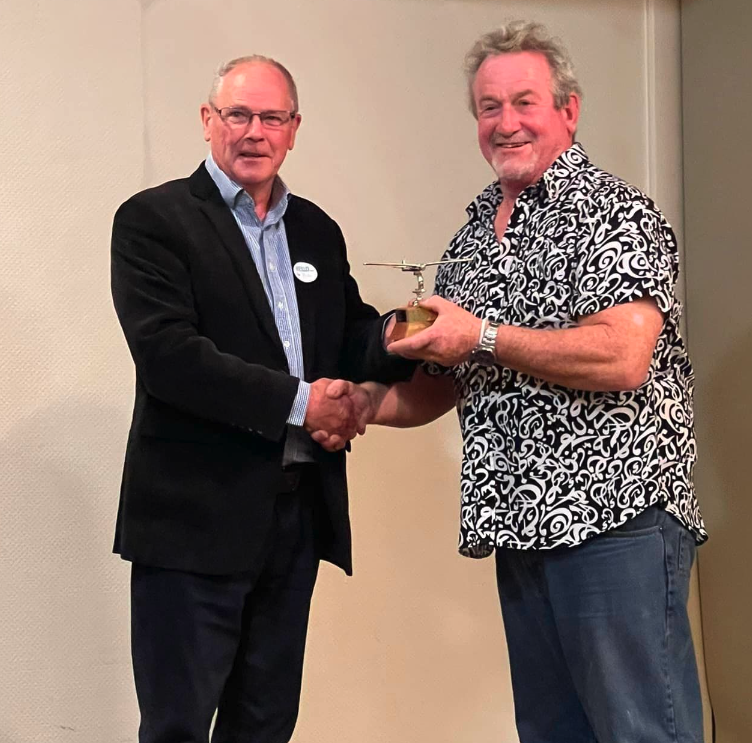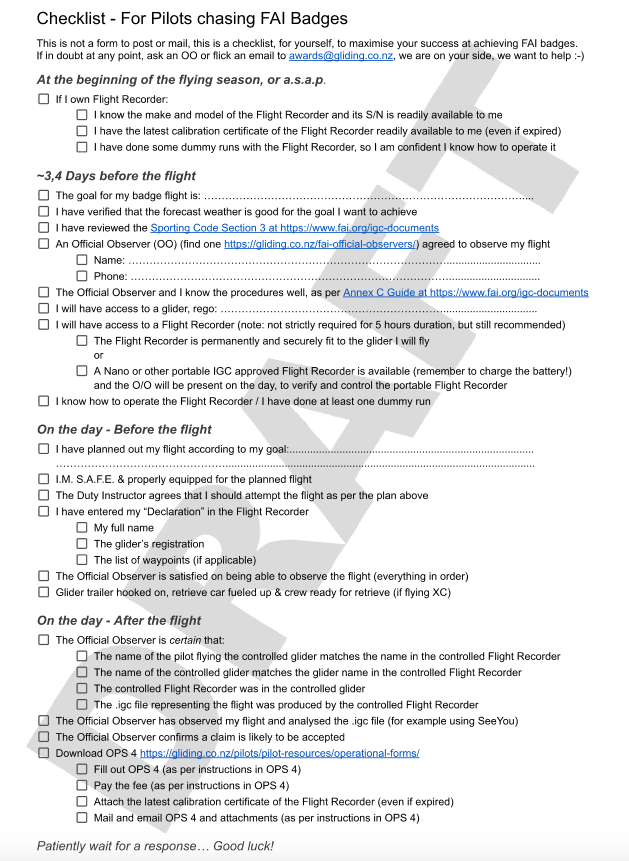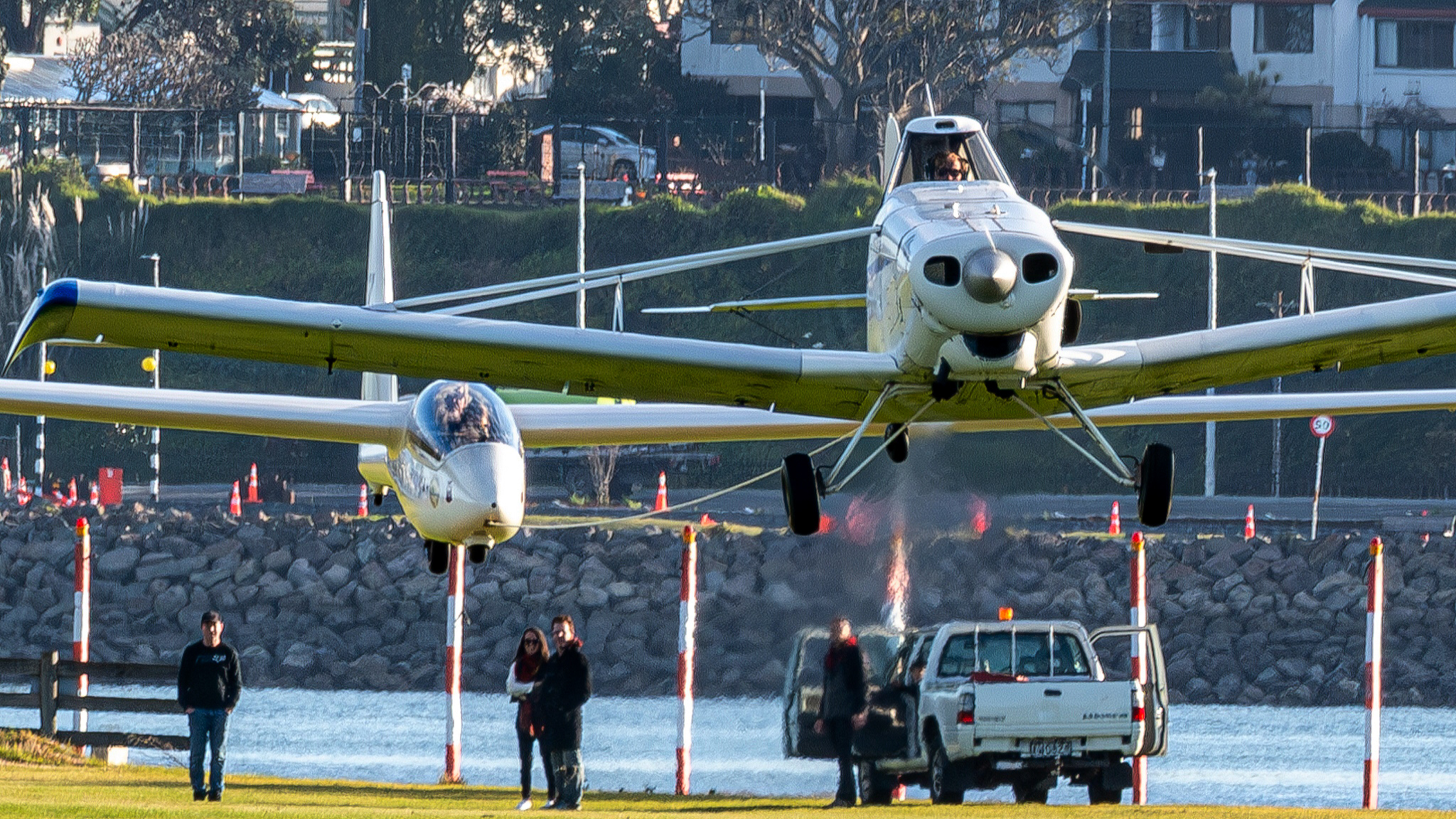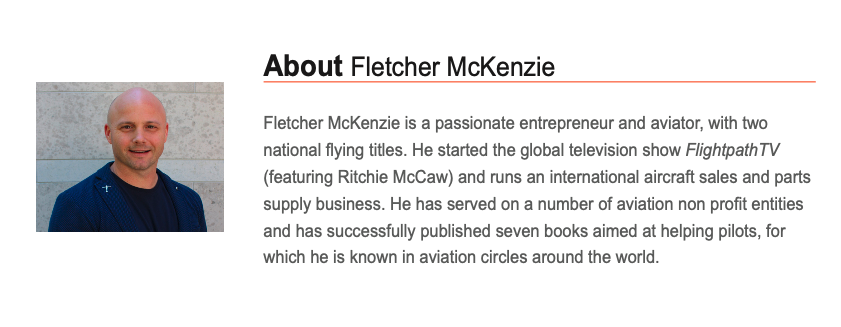Re comments from Kevin Clark relating to aero-tow.
1 “A bit lacking in meat. How about some contributions from the membership?”
Comment; I totally agree with and would go further and say the GNZ movement should have a forum page for instructors so that queries can be posted and commented upon and openly discussed.
2 “To start things off I’ll write that the bit in the Training Manual, re keeping station behind the tug on aerotow by co-ordinated turns is a dodgy way of teaching a rookie. It was apparently insisted on by somebody high up in the food chain, probably not having spent much time, if any, at the instructing coalface. Various instructors have raised this with me, some from other clubs, and we all agree it’s not on, and we wouldn’t teach that method. Regardless of what’s in the training manual, we are sticking to the time honoured proven method of keeping the glider wings parallel with/same angle of bank as the tug and slide back into position with a touch of rudder, if necessary. Co-ordinated turns behind a tug are best left for the experienced pilot.”
Comment; Sorry Kevin I totally disagree with this for the following reasons.
1 Using the BGA method of recovery typically takes about 2 – 3 times the time to recover to position for the same amount of displacement.
2 We should always aim to achieve balanced flight so as to minimise drag. Especially now that we are often towing behind micro-lite tow aircraft. So it follows if we are laterally displaced and recovery is made by matching the AoB of the tow planes wings and using the rudder and yawing back to position the glider becomes out of balance inducing additional drag on the tow aircraft.
3 It’s also harder to anticipate when to take the rudder off to stop in position.
4 Also the tow pilot has to also counter with a little more rudder to compensate for the additional drag produced by the out of balance glider.
5 Balanced flight recovery produces the minimum drag for the tow aircraft.
6 In mainly the South Island and especially in NW wave conditions where considerable turbulence is often present, prompt recovery is often required and the method you promote is not as expedient.
7 I have found that teaching co-ordinated recovery is no harder than teaching the method you promote and I often demonstrate the difference in time it takes to recover position.
8 The BGA method effectively means you apply in a different manner of controlling the glider when towing to normal flight. Once the muscle memory of how to fly is achieved student have little trouble using co-ordinated recovery.
9 Following the fatal incident at Springfield GNZ were I believe directed to amend our training material and the current material in use is the result.
10 Further as part of aero tow training we need to demonstrate the I can not release signal rolling on a point in line behind the tow aircraft left wing. This needs to be achieved without getting excessively out of position. So here’s the kicker not done well and if excessive drag is produce we can potentially create a lateral upset for the tow plane. Given we have had two fatalities due to lateral upset was part of the reason for me rewriting the now removed material of the instructors manual part II. However the very same material is still used in the PTP for the above reasons.
Thank you for requesting comments.
Graham Erikson
Editors comment:
Disagreeing with an approved procedure if you think you have a better way is fine, as long as you follow the procedure for getting your suggested improvement assessed. In GNZ's case this is the OPS 16 Change Request Form
Announcing that you know better and will not follow approved procedures is not fine for the following reasons.
- Would you fly on an airline where the Captain of the aircraft announces that they know better than the approved procedures and therefore does not follow them.
- If your instructor does not follow approved procedures then why should the student. If the student decides they know better, then surely they can just do it their own way?
No further correspondence will be published on this particular topic.



































